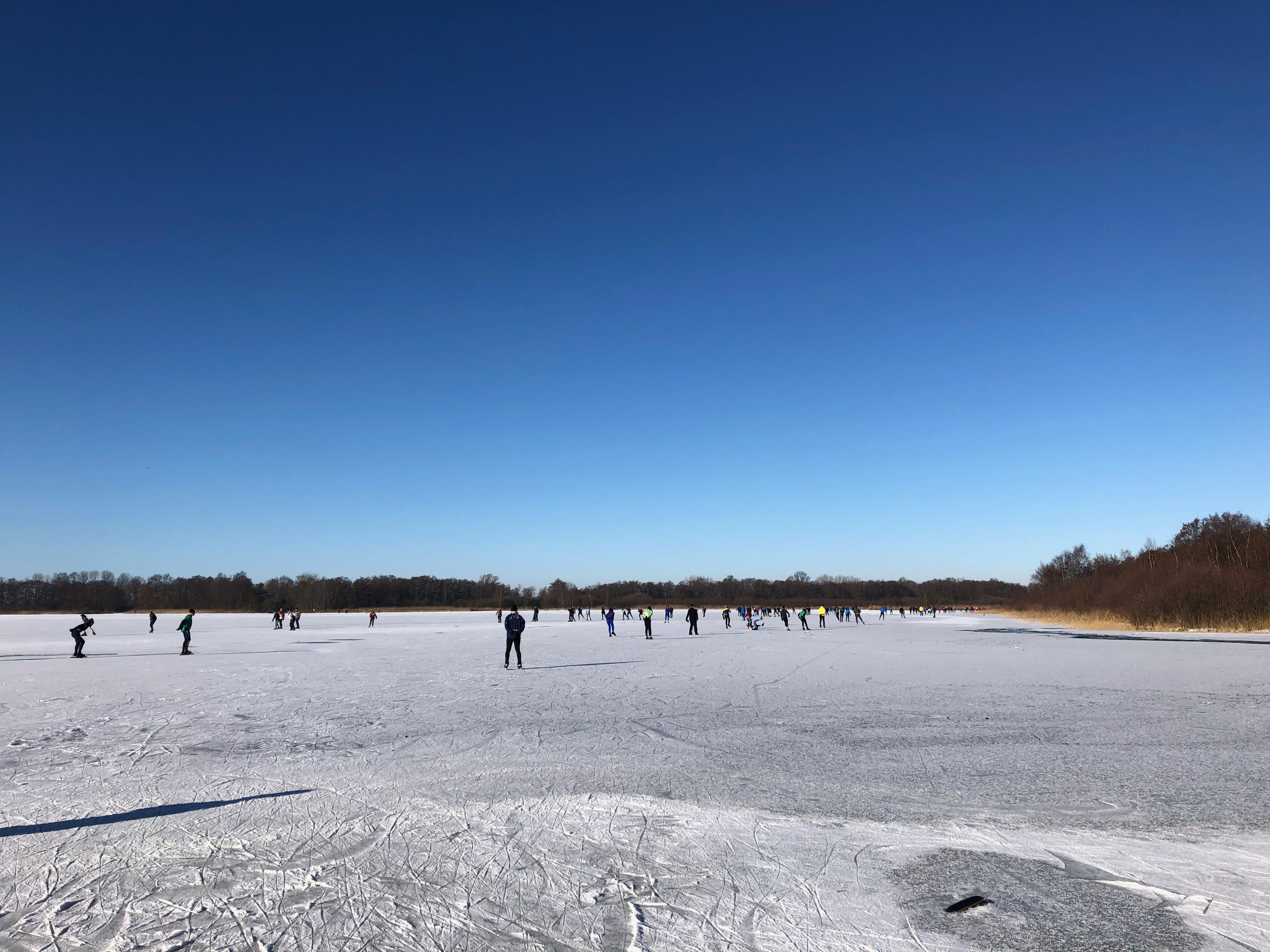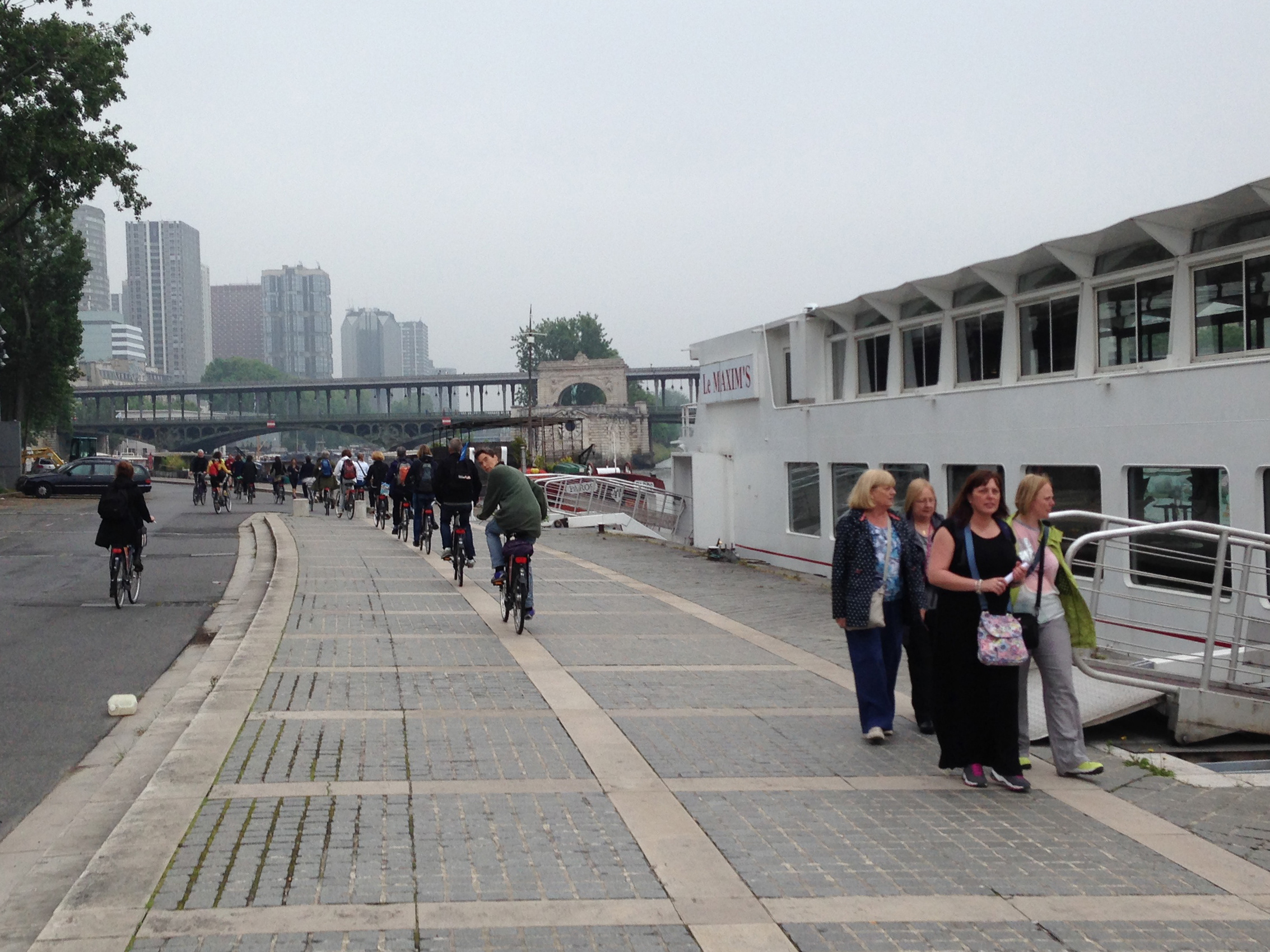With my previous education I got to know three of the design disciplines: architecture, infrastructure and my BSc-certificate for urban design. That way I explored that I didn't like the late developments within these design professions. They lost identity and connection with the local culture. Now that I am studying landscape architecture, I found out that new ways of thinking within the design professions (including landscape architecture) can improve the connection with culture. Landscape is heavily influenced by culture, so bringing landscape into these professions will repair broken the link with culture. Landscape urbanism is the right tool to fill this missing link.
Existing interactions
Some of the design disciplines are already used to work together in development projects. This also seems to be a wish of municipalities and developers. The main reason for this is that projects will become cheaper and less difficult to pass laws and regulations.
Nowadays the urban area is strongly represented within the design professions. But landscape consists more than urban areas! Most countries still have more rural than urban areas on their area.
Expanding cities are converting rural areas into urban areas. Here lays a chance for landscape to influence urban expanding. Landscape is already there! Landscape architects participating in urban development project groups can have a share. This often doesn't work well, because different disciplines don't understand each other.
Start at the beginning
Misunderstandings within multidisciplinary project groups are most times based on lack of knowledge. They don't understand each others language and profession. To solve this problem design education has to change.
Most design educations are educating just for their own profession. Sometimes there are possibilities to participate courses on other educations, but that often is not recommended by study advisors. Introducing students with landscape will broaden their vision and stimulate them to look beyond the borders of their profession. Using a more uniform language for all design disciplines will take away language barriers. This will make working in multidisciplinary project groups easier for them in the future.
It will be a challenge for a designer to get to know more of other disciplines. To maintain the quality of an education, learning more about other disciplines will lead to a longer studying period. Landscape urbanism courses can be used to insure interactions between different design disciplines and shorten delay in studying periods.
Justification
Making landscape a leading factor within designs makes designs justifiable with ecological and social grounds. Landscape has complex ecological networks. Using these networks properly in a design (urban or rural) makes changes do less harm. This way designs can be justified in a better way to governments. Nowadays landscape architects are the only designers with enough knowledge on this aspect.
The social function of landscape within urban areas is also very important. The areas can be places to meet each other, and to recreate, etcetera. Using functional green in a neighbourhood is not only pleasant for the eye and improves living quality; it also improves the ecological environment in the neighbourhood.
Projects subjected to landscape
Until now there are only a few development projects where landscape had a major role in the designing process and the design itself. I've selected four projects that show some clear examples of projects which are strongly influenced by their surrounding landscape.
De Folgeren and Burmania Drachten, Netherlands
The first two projects are urban neighbourhoods in the Dutch town of Drachten: 'de Folgeren' and 'Burmania'. Drachten is a town on a peat-landscape in the north of the Netherlands. The surrounding area is recognised by woodwalls and narrow strips of agricultural land. Both of these aspects are translated in the road system, green- and water structures in the neighbourhoods. By saving as many wood walls as possible the living atmosphere in theneighbourhoods, just after completion, immediately was at a high level. This clearly shows the connection of the neighbourhoods with their historical context.
A50 between Oss and Son en Breugel, Netherlands
Another project is highway A50 between Oss and Son en Breugel, in the south of the Netherlands. This highway, completed in 2006, was designed by Rijkswaterstaat with a landscape architect participating the project group. With the influence of the landscape architect, the highway doesn't follow the cheapest straight route. No, it has been designed using the direction of the parcels. Also ecological elements have been added to prevent the highway from blocking migration routes of animals. Examples of these elements are ecological tunnels, smooth shores and an ecological bridge. Along the road is a cycling route with panels with information about elements in the surrounding area. To prevent noise pollution large parts of the highway are surrounded by sound barriers and the road itself has silent ZOAB-asphalt. This is very open asphalt, which reduces noise to a minimum. ZOAB transports rainwater trough the asphalt layer to the ground, so there are no sewers needed and rainwater is slowly retained to the groundwater. This way the highway fits into the landscape and does as little damage to the environment as possible.
Bunker at Gütsch, Switzerland
The last project is an unusual project. That makes it even more special. It is a bunker. Most bunkers are simple concrete blocks covered by earth to prevent damage by bullets and mortars. On a ridge in the mountains of Switzerland it is hard to cover a bunker with earth. So this bunker needs to have good camouflage to make it disappear into its natural setting. In Gütsch this camouflage has been created by giving the bunker a same texture, shape and colour as surrounding rocks. Nowadays, covered with mosses, the bunker is hard to find in its surrounding landscape. This is perfectly visualised by a photograph made by Leo Fabrizio in 2002.
When landscape leads…
If landscape is used as a leading subject in designs, these designs are better justifiable. They fit into the surrounding landscape, without damaging existing structures and thereby preserving the local culture.
Designing projects will become cheaper, because designers can work more efficiently in multidisciplinary project groups. To accomplish this, widening the visions of designers is required. Landscape urbanism will be a good tool to use in this process. It will be able to create connections between the different design professions and thereby broaden educations and challenging designers to do more research for their projects. Some recently realised projects are a step forward in the direction to where landscape leads architecture and design.
References
Waldheim, Charles, et al. (2006) The Landscape Urbanism Reader, Princeton Architectural Press, New York
Jodidio, Philip (2006) Architecture: Nature, Prestel: photograph Leo Fabrizio, bunker, Gütsch, Uri, Switzerland, 2002 "The art of camouflage makes this bunker 'disappear' into its natural setting"
Rijkswaterstaat Directie Noord-Brabant (August 2006) , folder: Fietsen langs de A50 tussen Oss en Eindhoven, Gianotten, Tilburg
Google earth (2007)










